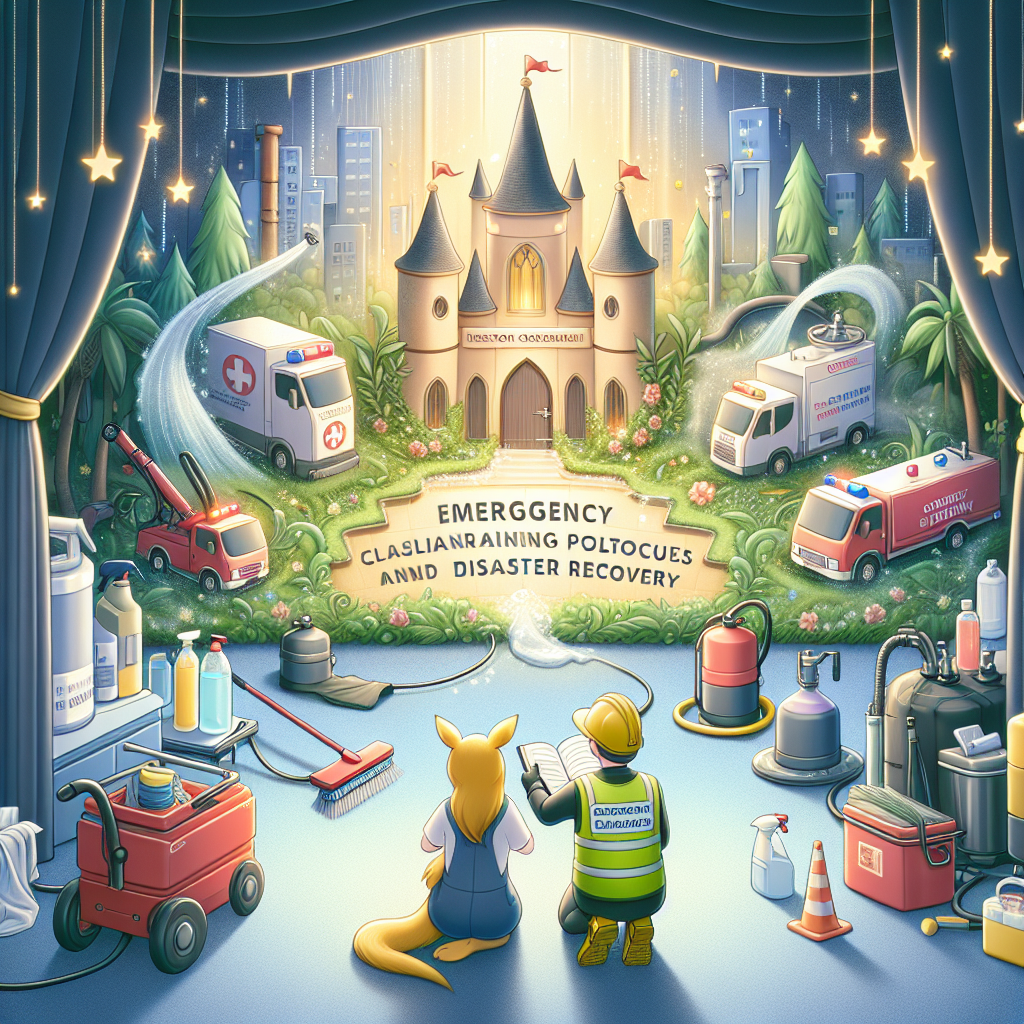Emergencies can strike at any moment, presenting cleaning challenges that demand immediate attention and effective solutions. In the cleaning industry, being prepared to tackle emergency cleaning tasks efficiently can make a significant difference in the outcomes. Understanding the key strategies and techniques for addressing emergency cleaning challenges once and for all is crucial for cleaning business owners, managers, and entrepreneurs.
Identifying Emergency Cleaning Challenges
Proper identification of emergency cleaning challenges is the first step towards effective resolution. Common challenges include water damage, fire damage, mold growth, biohazard cleanup, and infectious disease control.
Developing a Comprehensive Emergency Response Plan
Create a detailed emergency response plan that outlines specific protocols, responsibilities, and procedures for different types of emergencies. Ensure that all team members are trained on the plan and conduct regular drills to test its effectiveness.
Utilizing Specialized Equipment and Tools
Invest in specialized cleaning equipment and tools designed for emergency situations. This may include high-powered extractors for water damage, HEPA vacuums for mold remediation, and personal protective equipment for biohazard cleanup.
Implementing Rapid Response Strategies
Time is of the essence in emergency cleaning situations. Develop protocols for rapid response, including 24/7 availability, quick mobilization of staff, and efficient communication channels to ensure timely and effective cleanup.
Adhering to Safety and Health Regulations
Safety and health regulations are paramount in emergency cleaning. Ensure compliance with OSHA standards, EPA guidelines, and industry best practices to protect both your team members and the occupants of the affected property.
Employing Advanced Cleaning Techniques
Master advanced cleaning techniques for different types of emergencies. This includes using antimicrobial agents for infectious disease control, thermal fogging for odor removal, and air scrubbers for improved air quality.
Tip: Stay updated on the latest trends and innovations in emergency cleaning to enhance your capabilities and stay ahead of the competition.
Collaborating with Industry Experts
Build relationships with industry experts, such as restoration specialists, environmental consultants, and public health professionals. Collaborating with experts can provide valuable insights and resources for tackling complex emergency cleaning challenges.
Continuous Training and Education
Prioritize continuous training and education for your team members. Offer courses on emergency cleaning techniques, safety protocols, and regulatory requirements to ensure that your staff is well-equipped to handle any emergency situation.
Staying proactive and well-prepared is the key to solving emergency cleaning challenges once and for all. By implementing robust protocols, leveraging specialized equipment, and fostering a culture of safety and expertise, cleaning businesses can effectively navigate even the most demanding emergency cleaning scenarios.
In conclusion, mastering emergency cleaning challenges requires a combination of preparedness, skill, and dedication. By following best practices, investing in training and resources, and collaborating with experts, cleaning businesses can ensure that they are ready to tackle any emergency cleaning situation with confidence and efficiency.



